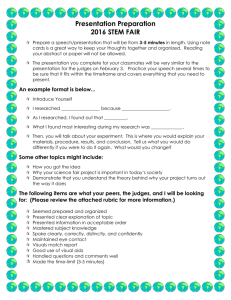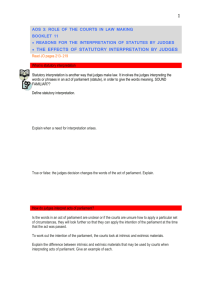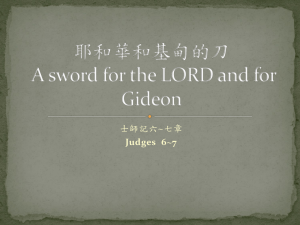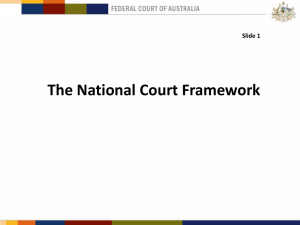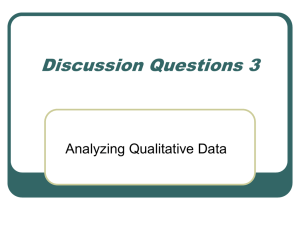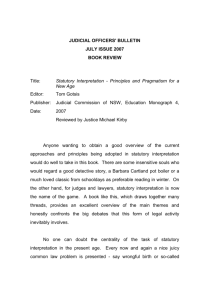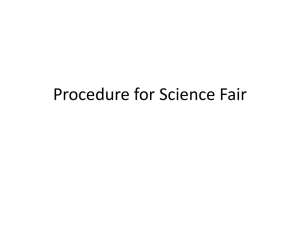Role of the Courts (5)
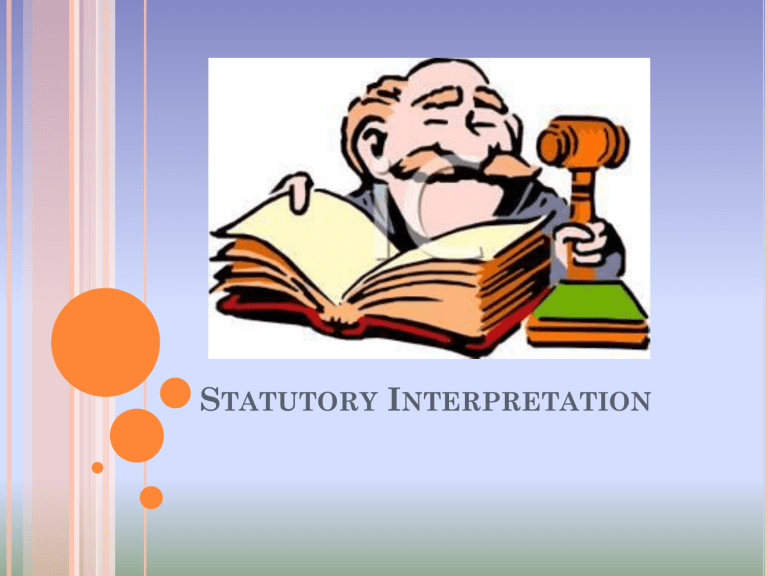
S TATUTORY I NTERPRETATION
S TATUTORY I NTERPRETATION
Statutory Interpretation is another way judges make law. This refers to the process which judges interpret the words or phrases in an act of parliament (statute), in order to give the words meaning.
Acts of Parliament can be difficult to understand.
Attempts are being made to simplify the language used so that the average person more easily understands it.
However, judges may still need to interpret Acts of Parliament. Even lawyers and judges find that the language used in Acts confusing.
S TATUTORY I NTERPRETATION
Acts are often written in general terms and have to be interpreted and applies by judges so that they can decide on specific cases before them.
Statutory Interpretation only occurs when a case comes before them and there is a dispute about wording contained in the act.
When a judge interprets words/phrases, the reasoning behind this interpretation sets a precedent which other judges who are required to interpret the same act will then follow in the future
The judges decision does not change the actual words of the act of parliament, but adds meaning to the words to be applied in the future.
H OW JUDGES I NTERPRET L EGISLATION
There is a number of sources or aids used by judges to assist in interpreting legislation. These sources may be either intrinsic or extrinsic.
Intrinsic Materialare those sources that are contained within the Act. Judges will refer to other sections of the Act to interpret the meaning of terms or words in an Act.
For e.g. words in the Act, the margin notes, footnotes and the long title.
Extrinsic sources - are sources that are not contained in the Act. E.g. Law reports, dictionaries, Hansard
(parliamentary debates)
These include the following.
Dictionaries- Gives the literal meaning of a word. A particular word may have a number of different meanings.
Legislative guidelines- Legislative Guidelines sets out what other sources judges can use when interpreting legislation.
Read Chroming Case as a class.
Y ES ITS ALREADY QUESTION TIME
-
Answer these questions in relation to each of the following cases:
1)
How would you apply the interpretation in the Chroming
Case to help reach a decision?
2)
Advise the defendant as to whether or not they have a
defence in relation to these incidents: i spitting in a public place but attempting to conceal the
action from a passer-by ii urinating in a graveyard without attempting to conceal the
act from anyone passing by iii a vulgar gesture with two fingers at a wedding iv a vulgar gesture with two fingers at a rowdy football match.
3)
Describe the role of the courts in interpreting an Act.
4)
5)
Outline the approaches used by judges in determining
the meaning of a particular statute.
To what extent do you think that the judge in the
Chroming Case created law? Explain.
M ORE Q UESTIONS
Read from your text book- ‘No Definition of
Parent’ from page 216 and answer questions 7a and 7b.
